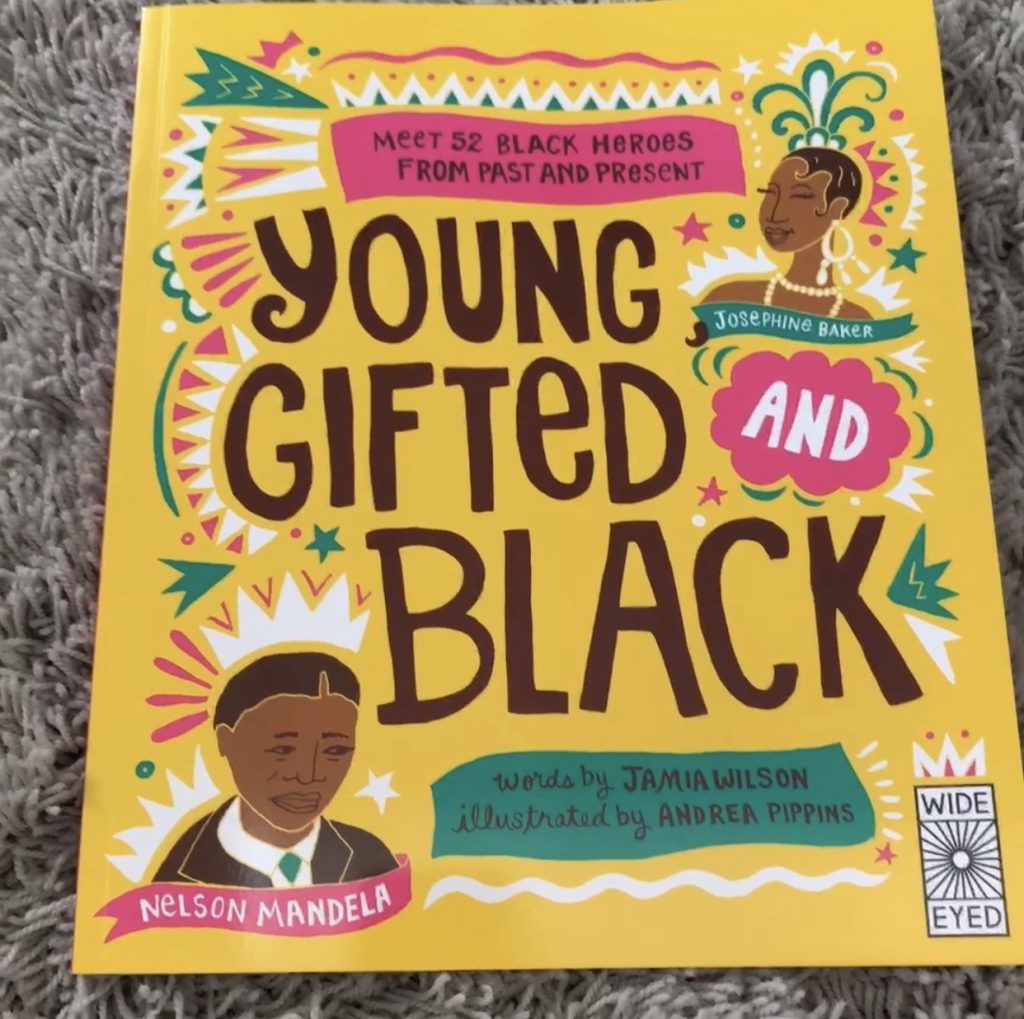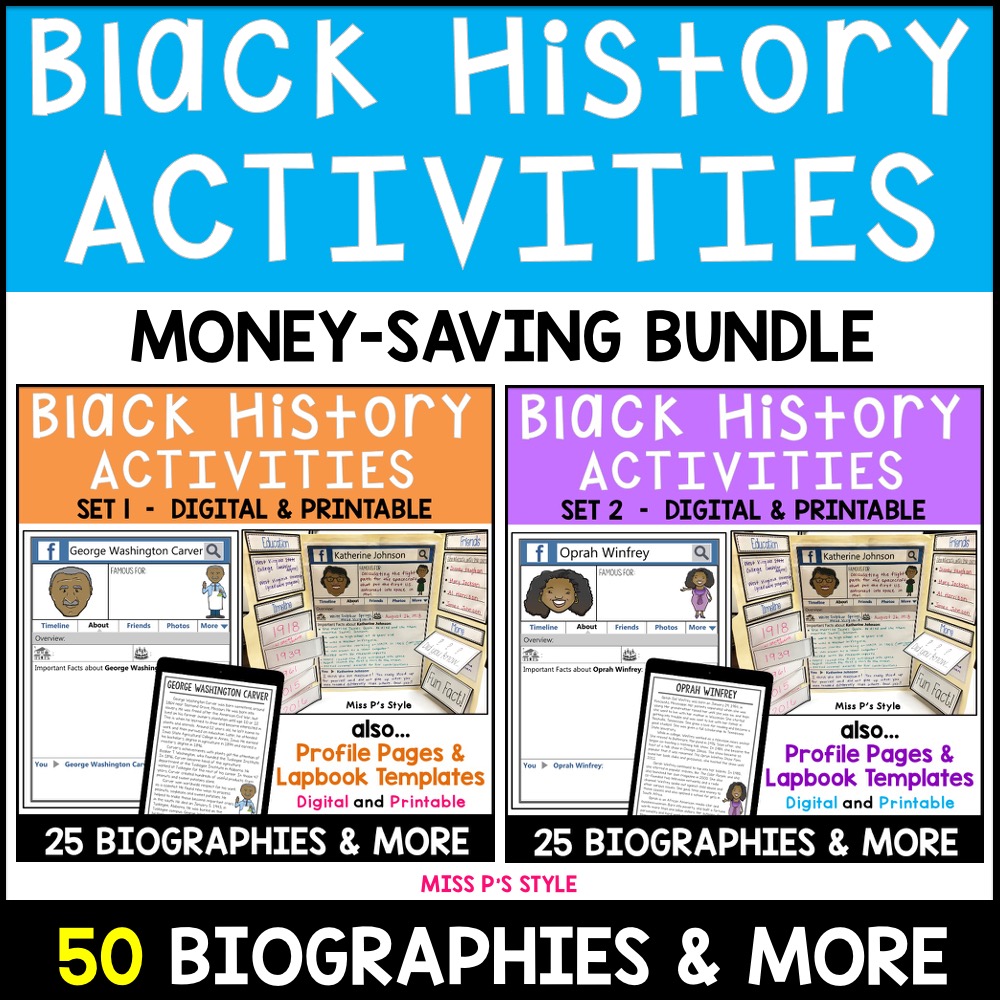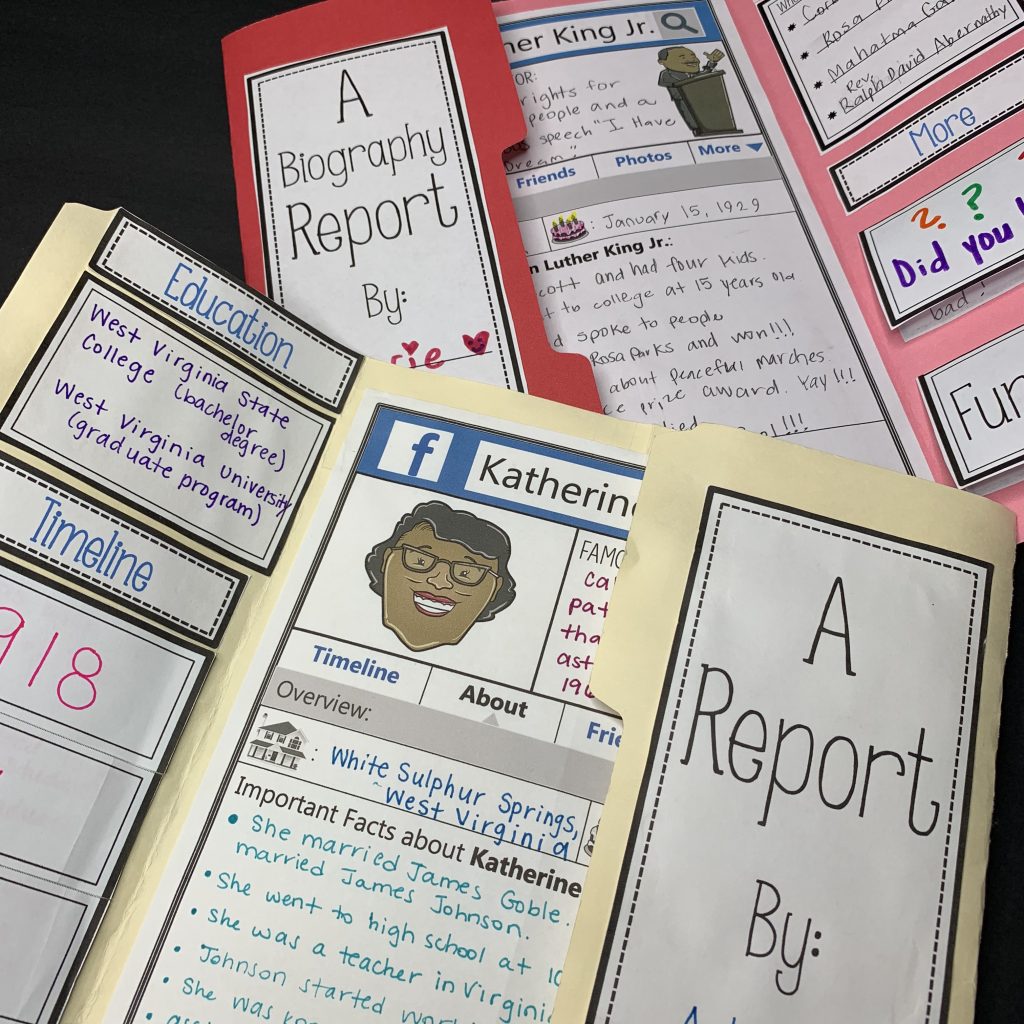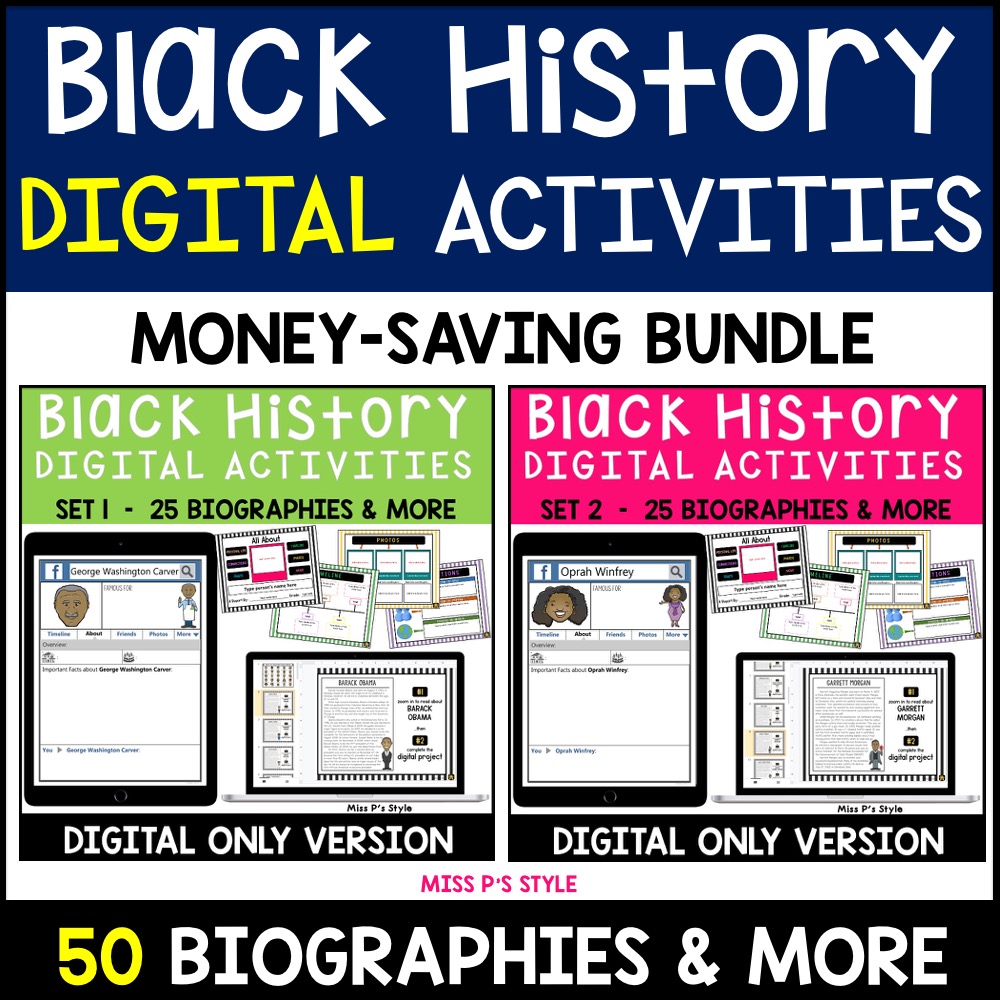
5 Activities to Implement Black History in the Classroom

Now that you feel more comfortable teaching Black History, it is time to start planning. It is essential to have a solid plan in mind (or written down) about how you will implement Black History into your classroom.
Before I continue, if you have not read Teaching Black History in the Classroom, click to read the 3 helpful components before continuing!
Remember, it is good practice to teaching Black (and diverse) history all year round, not just during February. Below are some tips that you can use straight away, whether you are teaching virtually or in the classroom. These tips explore ways to expose your students to different influential African Americans.
#1 - Daily Exploration
Daily exploration should be used at the same time every day. Plan it into your daily timetable, whether for 10-15 minutes in the morning, after lunch, or at the end of the day. Teachers should use daily exploration to allow students a few minutes to read about an individual from the past or present.
After reading, students should be given time to share their thinking or thoughts about what they just explored. If you are teaching in person, you can do this as a whole-class discussion, but if you are teaching virtually, you should have a place where students can post their thoughts, such as Jamboard. You can do this daily exploration as a whole group, in smaller groups, or in buddy reading pairs.
To help keep students more engaged and wanting to learn more and explore independently, you can choose only to read half of the story about someone’s life. When you stop partway, students will have the opportunity to do some independent research. You could discuss the second half of this person’s life at the end of the day, or you can leave a quick homework or extended learning task and discuss it the next day.
#2 - Book Rotations
Book rotations are so much fun, and they allow students to learn about so many different Black Americans! If we are talking about counting February alone, students will be given the ability to learn about 15-20 new people!
How does a book rotation work? Start by giving each student a book or an article about a different individual. Give students a few minutes to read about this individual. Then, each day, swap the texts that the children are reading, and after one month, they will have read and learned about 15-20 new people! How incredible is that! Such an easy way to guarantee exposure is happening!
So where do you get these texts to build up your classroom library? The first place you can check is your local library. This is a fantastic resource. However, you need to be careful about which books you choose, as some can be less kid-friendly. You could also share books and resources with other teachers in your school. Swap them daily or weekly to provide students with as much literature as possible. Another option is to use the internet as a resource to find articles. There are so many kid-friendly websites that offer biographies for students to read. You can print these off and laminate them or stick them on colorful card stock. A final idea to build up your classroom library is to fundraise and ask for support from parents and the community. You could ask parents to donate books or create an Amazon wish list.
Some Kid-Friendly titles are:
- Change the World
- Rookie Biographies
- Ordinary People Change the World
- Who Was?
- You Should Meet
- A True Book – Biographies
- Little People, Big Dreams
- National Geographic Readers
- Getting to Know the World’s Greatest Artists and Composers
Book rotations work for other genres as well. They are a fantastic way to expose children to a plethora of literature that they might not otherwise be exposed to. Let’s help students learn as much as possible. As a bonus, you can help your hesitant readers find a book or series they will fall in love with. How do you get your students to reflect on what they have read? Read the next section about journaling.
#3 - Journaling
Journaling is a way to get your students to write about their reading. It does not have to be fancy. You can simply use a composition notebook or create booklets with blank copy paper. To attract students, you may want to add a colorful cover page or give them time to design their own. This journal can be used monthly or until it has been filled up.
How does it work? Well, you should give students a bit of time to jot down the people’s names that they have been exploring. Students should also write down an important fact about that person, such as their important contribution to society or why they are recognized in history. This is an easy way to get students to practice note-taking and summarizing skills without even knowing it.
Journaling can be used as part of a lesson or a workstation activity. Additionally, you can pair it with your daily exploration or book rotation. These journals should be unique to the students, and when they have filled them with remarkable individuals, students can share them with family and friends. The journal leaves students with a recap on all the new individuals they have learned about, and they can use the book as a record of their discovery. The journal will be used to remind them of all the significant contributions that Black Americans have made to society.
#4 - Morning Meeting
Some of you already have a morning meeting, which is such a fantastic opportunity to explore Black Americans. Follow these steps to implement Black History into your day right now! For February, you can use your morning meeting, or a portion of it, to explore Black Americans. Start by showing a guiding question like:
- How did _____ impact the world?
- How did _____ help others?
- How did _____ actions help our world?
- How did _____ contribute to society?
Each day you can swap out the name for a different individual. Once you have shown the question, you will need to do quick teaching about the individual. This could be talking about them, reading a passage, or even watching a video biography. Use this brief teaching to summarize the individual’s life. Finally, give students time to respond orally and discuss the individual as part of a class discussion or small group discussion. Then provide them with time to journal. This is an easy way to incorporate Black History into your classroom every day.
Here are 25 common individuals you can share with your students! Here are 25 more unique names!
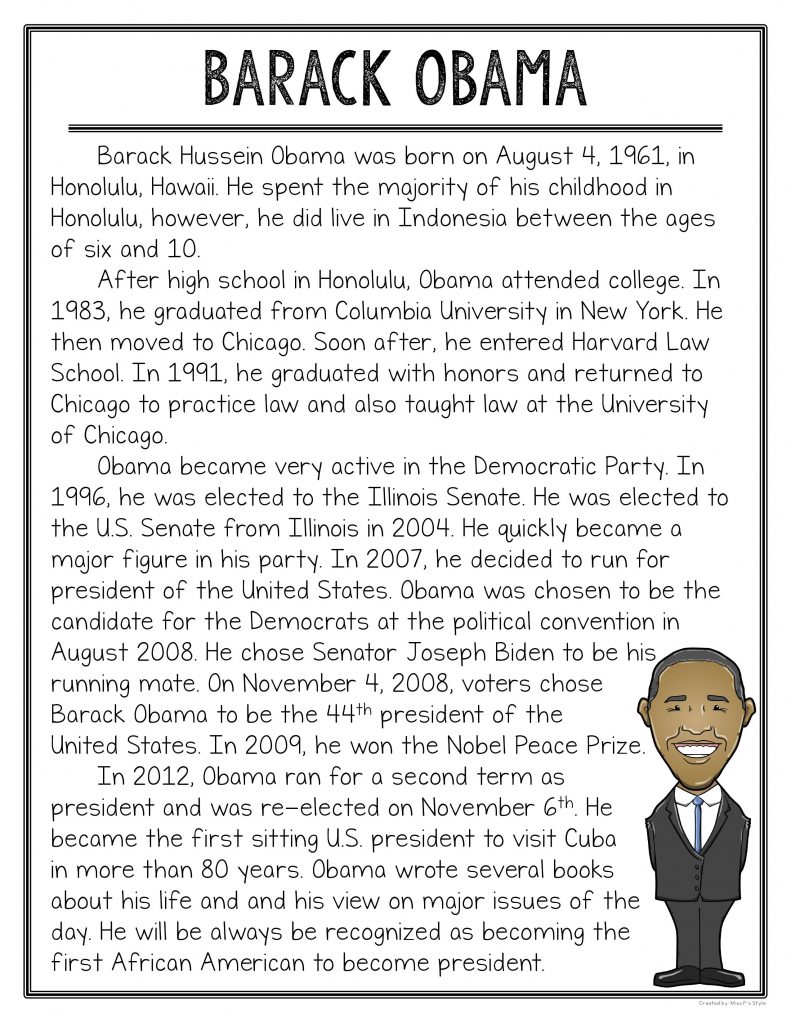
#5 - Research Projects
- Saving the best for last here with these research project ideas! To start, it is essential to mention that almost all students LOVE research. Even students who struggle with reading/writing can research and find joy in learning new information. Researching something independently allows students the opportunity to become an expert on something and show off new information that they have learned all by themselves. Students love learning and love when they can be independent. Research projects allow them to do both things. When the research project is complete, students are given the experience of sharing their newfound knowledge with peers, family members, or even the community.
Implementing a research project can be done both online and in person! It is invaluable, as it allows students to have deep exploration time. Here’s how it works! Each student will select a different Black individual who has contributed to society and must become the expert on that individual. This way, when they are presenting, you and your students get to hear about 25 different people, instead of the same person, 25 times.
But isn’t this a lot of work to provide information about 25 individuals? Yes, it absolutely is. But it is 100% worth it. There is a considerable value gained by providing students with their own research opportunity and knowing that every child had the perfect amount of information required to complete a project independently.
- The first port of call is trying to find books about these individuals; however, this can be difficult.
- The next way is to use kid-friendly websites to gather information and make it available to your students. You can print it off on color paper and put it in a protective sleeve. This way, students have access to all the information they need.
- Finally, you can write your own kid-friendly biographies. Yes, you read that correctly; write your own. If you do not have time, which you definitely do not, you can check out this fantastic biography resource.
Encourage your students to do additional research by reading articles online or watching videos. Remember, whether you are teaching virtually or in person, you can provide your students with the opportunity to create and share their very own research project! Students will be 100% engaged and involved in their studies!
Extra ideas
- Give children the chance to learn about and explore books that Black authors have written. Many influential Black authors rarely occur in the curriculum, so it is not often taught.
- Make cross-curricular links wherever possible. For example, when teaching your students about Space, include the History of the race to Space and discuss Katherine Johnson, Dorothy Vaughan, and Mary Jackson and how they contributed to space exploration. When you are learning about basketball during physical education lessons, take a moment to explore famous Black athletes like Arthur Ashe or Kobe Bryant.
- Introduce (or revisit) a historical timeline that shows the chronology of events. This will provide students with context on important events that helped shape history. Students can then see what time the significant individuals lived in that they have been learning about. You can create a life-size timeline and display it in your classroom, always referring to it when discussing something or someone new.
Share it:
- Read more about: Seasonal Activities, Teacher Tips
You might also like...

Hey, I'm Megan!
I am a literacy specialist and curriculum designer who loves sharing tips and ideas to help students thrive in literacy! It brings me joy to await those a-ha moments and to see light bulbs turn on!
I have a huge passion for reading and writing and love to co-mingle the two any chance I get! You can expect to learn new strategies and ways to keep your students engaged during your literacy block! I am so glad you’re here!

